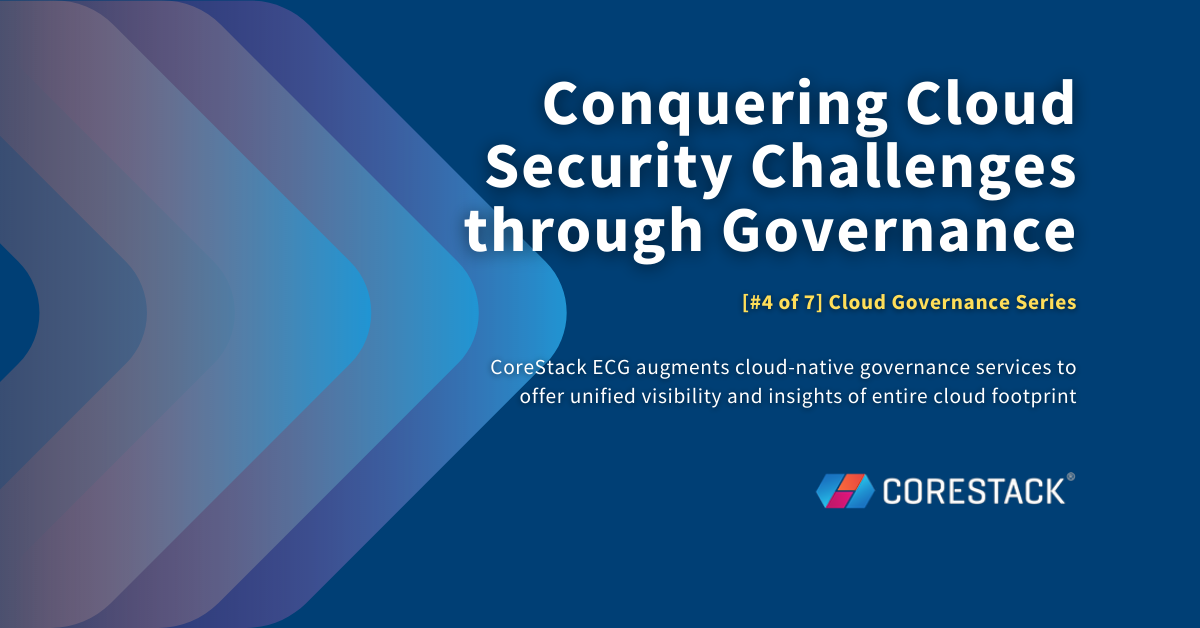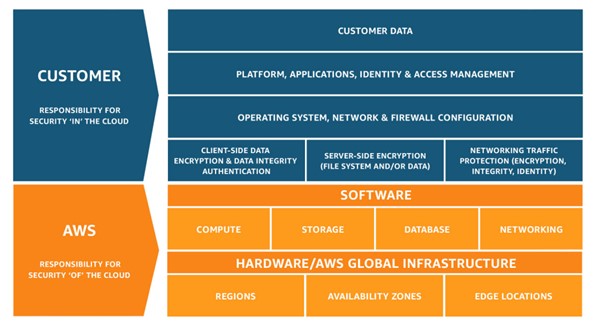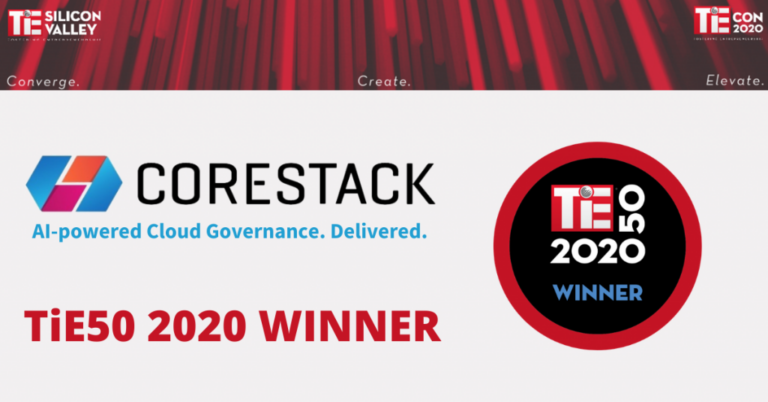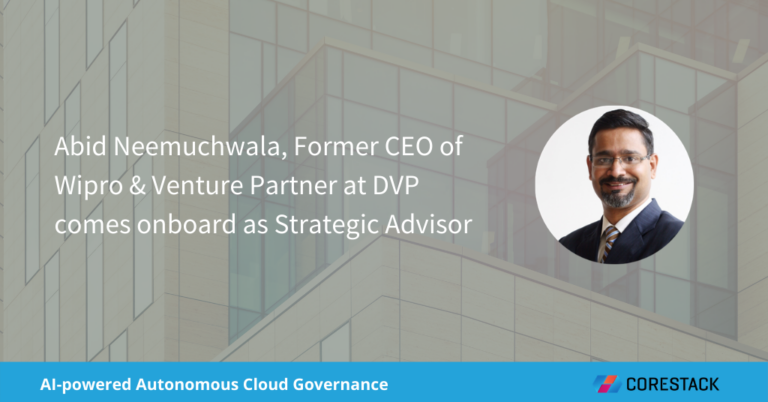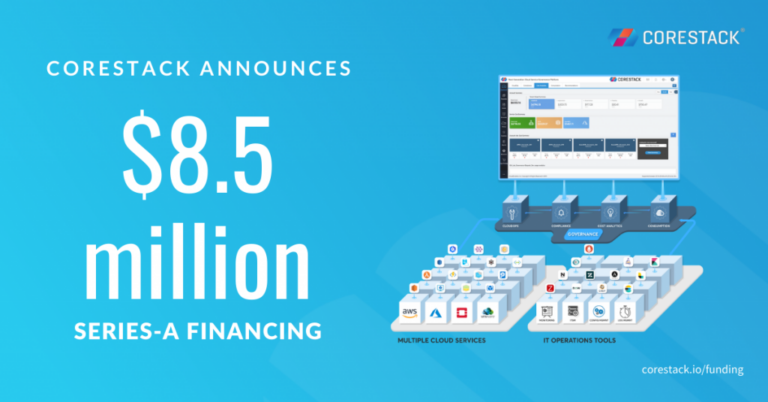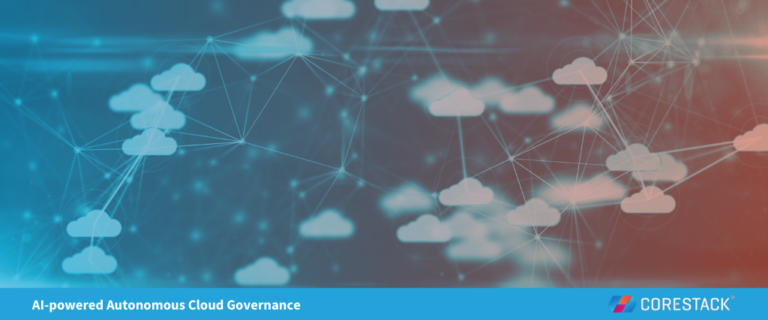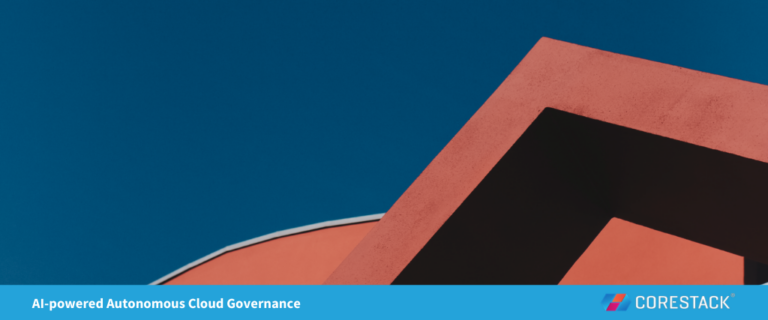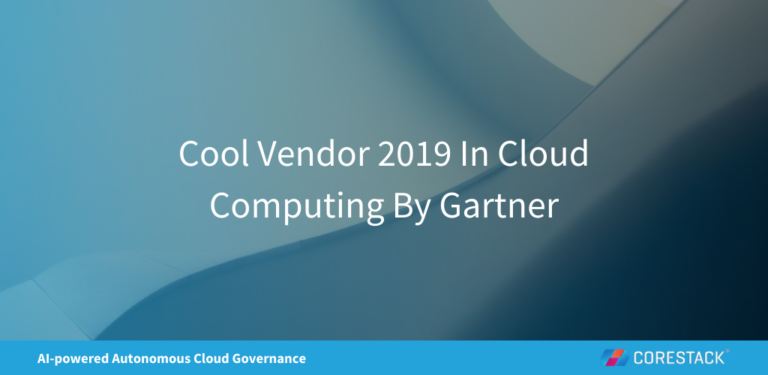Conquering Cloud Security Challenges through Governance
In the previous blog post (part 3 of the Cloud Governance series), we discussed Cloud Operations governance. In this article, we discuss the second pillar of our OSCAR Governance framework – Cloud Security.
In our customer conversations, we often hear that the most significant security challenges CISOs face are:
- Rapid migration to the cloud resulting in security gaps
- Complex regulatory compliance requirements
- Unrelenting evolution of security threats
- The shortage of cloud security talent
The velocity and creativity of cyber-attacks and data breaches continue to grow. Using Infrastructure-as-code templates to provision cloud infrastructure without checking for insecure configurations is a big contributing factor for the security vulnerabilities.
Cloud governance is a foundational building block of cloud security.
The uniqueness of cloud requires that security teams rethink traditional security concepts and adopt approaches that address serverless, dynamic and distributed cloud infrastructure.
Securing cloud at scale involves more than just implementing security controls.
- Security and risk management leaders must invest in automation projects that help to eliminate repetitive tasks that consume a lot of time, minimize errors, save more time to focus on creating transformational business value
By 2023, 30% of a CISO’s effectiveness will be directly measured on the ability to create value for the business – Gartner
- Obtain a centralized view of cloud access across single or multiple clouds by user and by service. Incorporate a strong Identify and Access Management (IAM) discipline
- Orchestrate security configurations, controls, and policies in a standardized and uniform manner across multiple clouds
- Implement continuous cloud security posture management to gain a real-time status of security
- A mindset to embrace cloud-native services will significantly help as enterprises navigate their cloud journey. Explore tools that leverage cloud-native services to simplify the complexity of multi-cloud modern IT landscapes
Understand the concept of shared responsibility
Moving data and applications to the cloud does not mean that you transfer the responsibility of security and compliances to the cloud vendor.
Source: AWS shared responsibility model
Every cloud provider implements security differently and every cloud model (IaaS, PaaS, or SaaS) has different security control ownership, as well as how those controls will be implemented.
Cloud providers continually add new security capabilities and improve existing security features frequently, but they may not be able to meet all use cases of all enterprises. This will require enterprises to augment their security posture by leveraging third-party tools, such as cloud security posture management. Using a single tool for unified management will be more efficient, simpler, and less resource-intensive.
In the next blog, we will talk about the fourth pillar of our OSCAR Governance framework which is Cloud Cost Governance.
Discover how you can rapidly achieve continuous and autonomous cloud governance at scale. Get 50% increase in cloud operational efficiencies, 40% decrease in costs, 100% compliance with security standards, and much more with CoreStack Enterprise Cloud Governance (ECG) solution.

